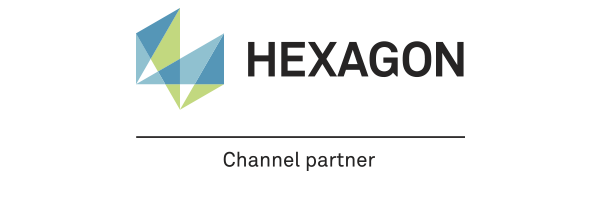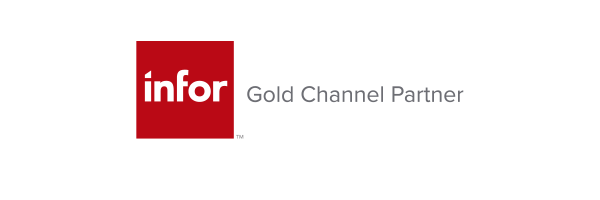VISUAL K es una empresa de software empresarial comprometida al éxito de sus clientes, optimizando la productividad y eficiencia de sus procesos
VISUAL K es una empresa de software empresarial comprometida al éxito de sus clientes, optimizando la productividad y eficiencia de sus procesos
- 20 Años de experiencia
- 200 Clientes
- 10 Países
- 45 Profesionales










